Cutting boards
wlg2_2
18 years ago
Related Stories
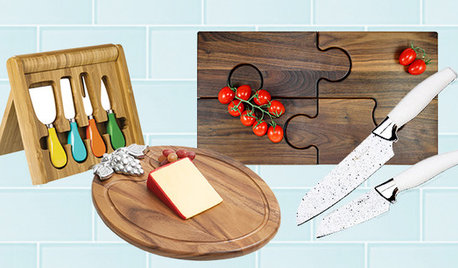
SHOP HOUZZShop Houzz: Save on Cutting Boards, Cheese Boards and Knives
Up to 60% off everything you need to chop, slice, carve and serve
Full Story0
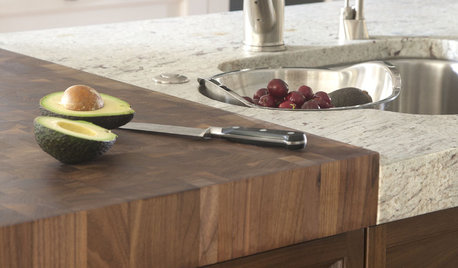
KITCHEN DESIGNKitchen Counters: Try an Integrated Cutting Board for Easy Food Prep
Keep knife marks in their place and make dicing and slicing more convenient with an integrated butcher block or cutting board
Full Story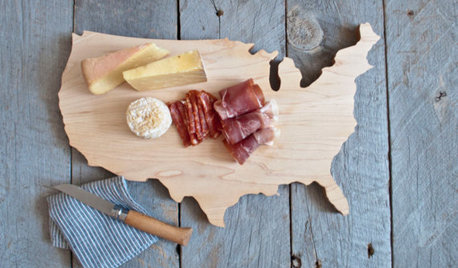
PRODUCT PICKSGuest Picks: Chop Chop! 20 Cutting Boards Too Good to Miss
Any way you slice it, these cutting boards, chopping blocks and serving boards are both artful and practical
Full Story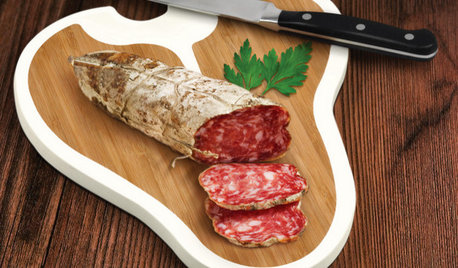
SHOP HOUZZShop Houzz: Cutting Boards That Won’t Leave You Bored
Serve up excitement with your next spread, with these unique cheese and cutting boards
Full Story0
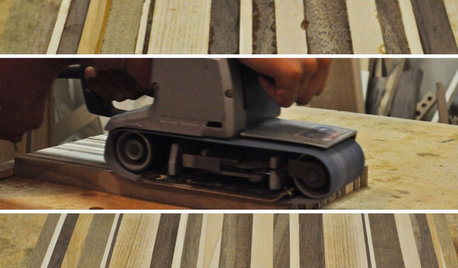
DIY PROJECTSFashion a High-Quality Cutting Board From Scrap Wood
Waste not, want not. This DIY project saves scraps from the landfill, hones your woodworking skills and produces a gorgeous kitchen piece
Full Story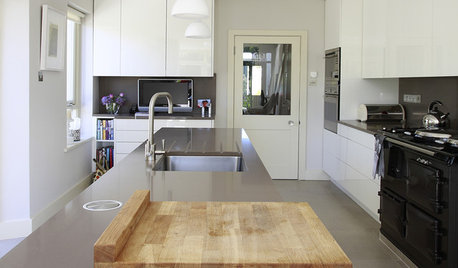
KITCHEN DESIGNButcher Block Makes the Cut for Holiday Kitchen Prep
Countertops and cutting boards will likely take a beating over the holidays. These butcher blocks have the chops to perform under pressure
Full Story
HOME OFFICESQuiet, Please! How to Cut Noise Pollution at Home
Leaf blowers, trucks or noisy neighbors driving you berserk? These sound-reduction strategies can help you hush things up
Full Story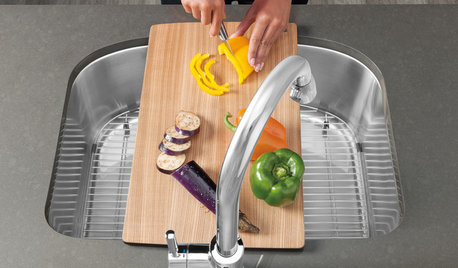
KITCHEN DESIGNClever Extras for a Perfectly Personalized Kitchen Sink
Streamline cooking prep and cleanup with integrated sink racks, baskets, inventive cutting boards and more
Full Story
HOME TECHCook Smarter With New Wi-Fi Kitchen Gadgets
Whip up meals with high-tech help, thanks to a phone-connected oven and teakettle, plus a web-surfing cutting board
Full Story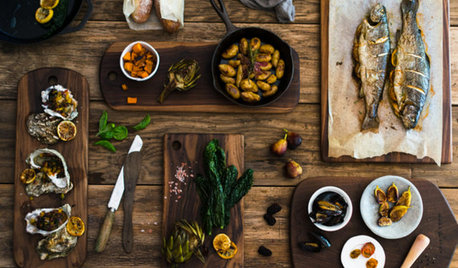
SHOP HOUZZShop Houzz: Beautiful Wood Chopping Blocks
No more scratched counters — and these wood cutting boards are beautiful enough for the table too
Full Story0








olphart
sharon_sd
Related Professionals
Kaneohe Cabinets & Cabinetry · White Center Cabinets & Cabinetry · Idaho Carpenters · Mission Viejo Carpenters · South Miami Carpenters · Sudbury Carpenters · Eldersburg Flooring Contractors · Gilroy Flooring Contractors · Stevens Point Flooring Contractors · Tewksbury Flooring Contractors · Westlake Flooring Contractors · Greenville Furniture & Accessories · Peachtree City Furniture & Accessories · Hilton Head Island Furniture & Accessories · Northridge Furniture & Accessoriesolphart
kudzu9
MongoCT
brickeyee
kudzu9
Jon1270
MongoCT
corgilvr
antioch_frank
tap04